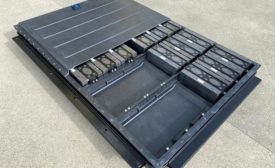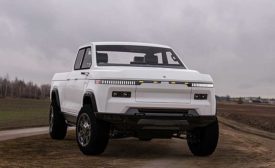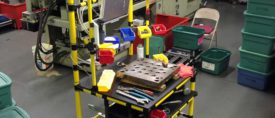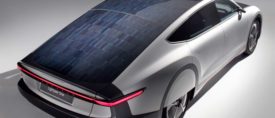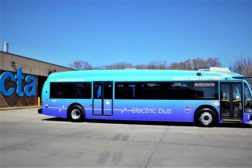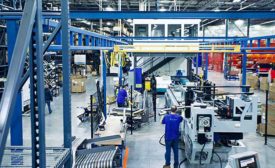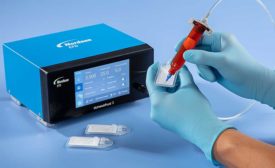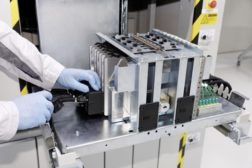Austin Weber
Austin has been senior editor for ASSEMBLY Magazine since September 1999. He has more than 21 years of b-to-b publishing experience and has written about a wide variety of manufacturing and engineering topics. Austin is a graduate of the University of Michigan.
ARTICLES
Mobile Workstations for Flexible Assembly
Wheeled workbenches can work wonders on flexible assembly lines.
May 17, 2021
Automakers Are Developing Solar-Powered Vehicles
Battery recharging and range issues have been the Achilles heel of electric vehicles. Some automotive engineers believe solar power may be the solution.
May 2, 2021
Cyanoacrylates for Assembly
When curing speed is essential, cyanoacrylates are hard to beat.
March 11, 2021
Never miss the latest news and trends driving the manufacturing industry
Stay in the know on the latest assembly trends.
JOIN TODAY!Copyright ©2024. All Rights Reserved BNP Media.
Design, CMS, Hosting & Web Development :: ePublishing

